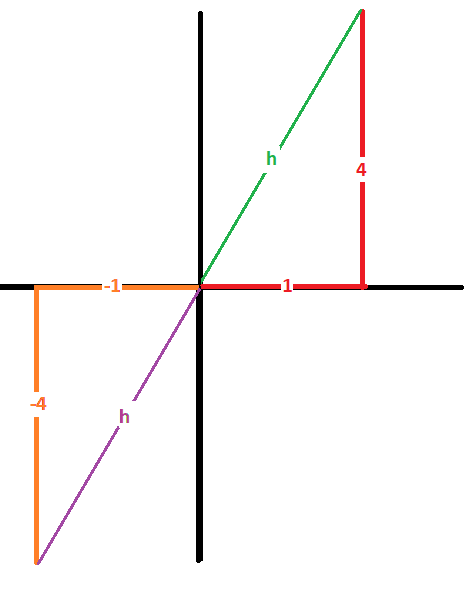How do you use #tantheta=4# to find #costheta#?
2 Answers
Explanation:
You could use the identity
Unfortunately the sign of
Explanation:
If
then the ratio of the opposite side to the adjacent side is
Two possibilities exist depending upon whether

In either case the relative length of the hypotenuse is given by the Pythagorean Theorem as
Since
for this case

